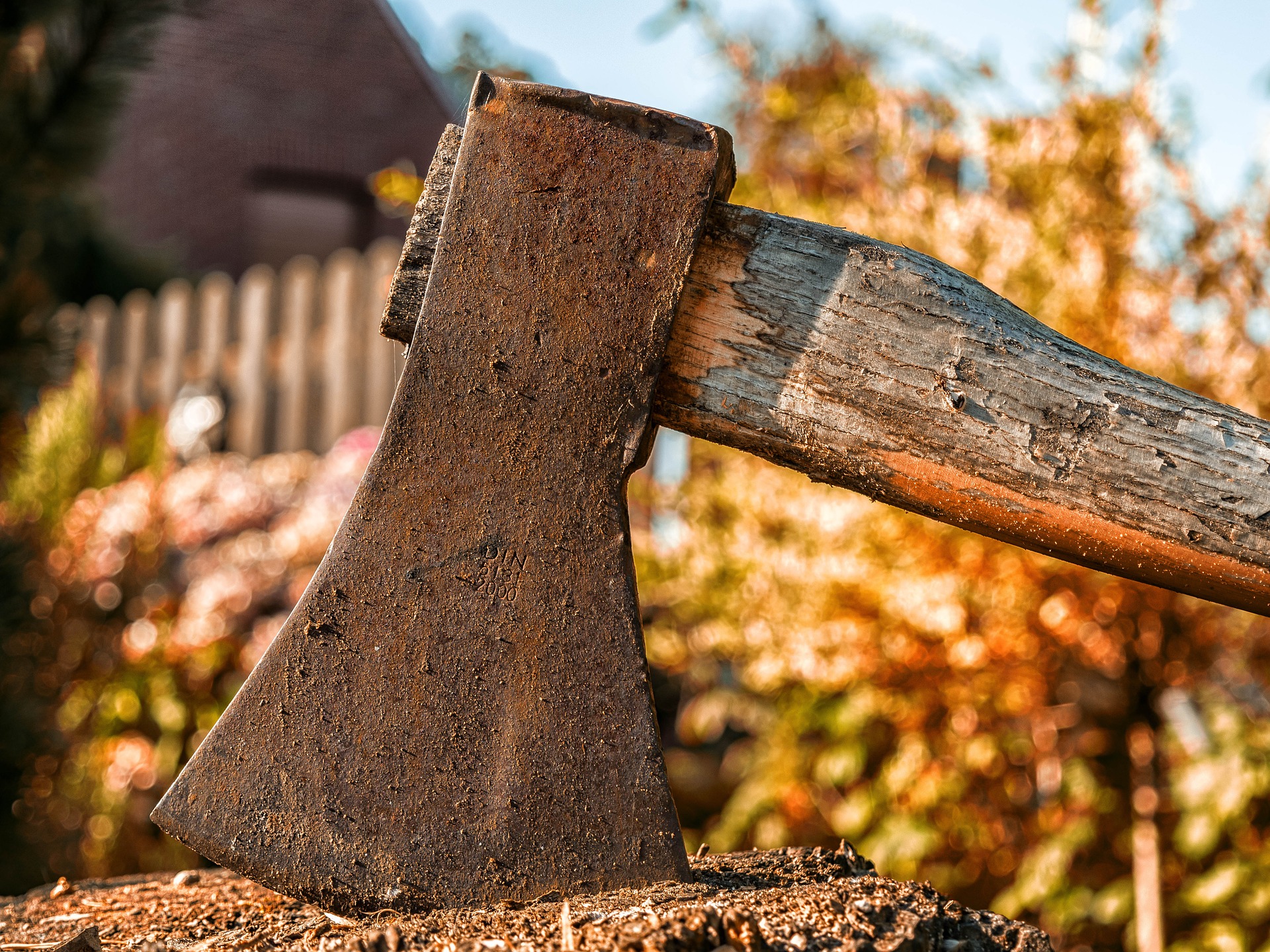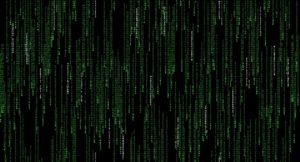Money is a tool which is one of the things we do not understand about money. Instead of looking to use the tool we find ourselves becoming slaves to the tool. There are different characteristics of tools that we need to be aware of, of which money is. Tools can be for agriculture or for basic day to day chores but in all aspect the tools must be at our service or disposal.
In this article unlike the previous article on the characteristics of tools am approaching the subject of money by looking more at the tool aspect of money.
Ownership
Every tool is only useful when you can possess it or are able to control its use. In order to be able to use a tool there must be some degree of ownership and with money the ownership must entitle you to be able to use it. It might be someone else money or capital but the entitlement to use it for a specific purposes gives you either a primary ownership or secondary ownership. What I will call primary ownership is when the money is directly yours such that it is in your bank account and legally belongs to you. What I will call secondary ownership is when you as a CEO or manager have the power to decide how funds are used or as a receiving business owner receive a loan or funding, the money is not yours but it is in your custody to be able to use the money. As a tool you may have primary ownership or secondary ownership where you can actually make a decision. Tertiary ownership would be money that you have no decision of influence but you are just a beneficiary from someone else’s use and your decision or opinion makes no difference. Most people are in the tertiary side of money when it comes to capital.
Time Relevance
A tool has its time relevance where it is useful and where it is not useful. For example a hoe was good in its day but in a commercial environment a tractor became more relevant. A Nokia 3310 was good in its day but a Samsung smartphone became more relevant. Every tool has a period when it is relevant, hence one must understand the timing factor of the money that they have. Ten million dollars in a specific time can create something for you, but if you try to apply it to the same idea ten years from now, the ten million dollars may no longer be relevant in that period. It is not just about inflation, but also about the applicability of the idea when time has changed. Investing in a telecoms may have made sense ten years ago but investing into it now may not make sense as much with the advent of emphasis on data.
Quantification
A tool is measurable and hence one can say I have a phone, or I have a brain, which is another tool. Tools must be quantifiable in order for you to use them. If they are no quantifiable it becomes difficult to measure what they can achieve. Tools are a resource and every resources in order to be useful must be known with regards to how much of it is available. A hoe is a tool to farm on a piece of land, however the ability to know on the time it takes to farm depends on the number of hoes available. When we know the hoes available we can then look for the people to use the hoes. Sounds like a primitive idea but every tool has primitive characteristics.
Output
Every tool has an output that it is capable of producing. Hence at any specific moment a tool can be measured by the output that it can produce. So for example having ten dollars could mean a movie ticket in another part of the world whilst in another it can mean a burger in a good restaurant. If you cannot measure your output from the tool then that tool is just dormant and has no value. The value of a tool is the out put it is capable of producing. The same goes for a phone, a book, a software and much more, what you look to own is defined by what the tool is able to produce. Ultimately every tool is as good as the owner’s ability to use it to create an output.
Perception
When there is a war or the idea of a war, a nation can parade its weapons in front of everyone. The weapons of war are the tools of destruction, such that before they do anything they create an innate perception in people. This means that every tool creates a perception in people depending on the domain and the people’s knowledge. If a person walks in and declares that they have Five million dollars, and another person comes in who says that they have Five thousand dollars, a perception is created and how they are each treated will generally be biased by the perception created by the tools, or rather by the perception implied by the brain towards the existence of the tool. The same goes for farmers and their tools.
Source
Every tool is created, and hence has a source where it comes from. You might not control the source but you need to understand where the tool comes from. Knowledge of the source can be the difference between success and failure. Due to relevance, one needs to have a reliable source which enables the tool to be available in the right quantity to achieve the right output and perception. Some people on the other hand; they may have the source but lack the ability to use the tool for the right output because they are not aware of the value the tool can create.
A tool is as good as the user
Every tool is as good as the user. If we worship the tools then we end up being controlled by those who control the tools. If we do not treat it as a tool we will never use the tool. Keeping money in a drawer for decades renders the tool useless. People do not suffer because of lack of money, people suffer because of the inability to understand that money is a tool. No matter how small the quantity























+ There are no comments
Add yours